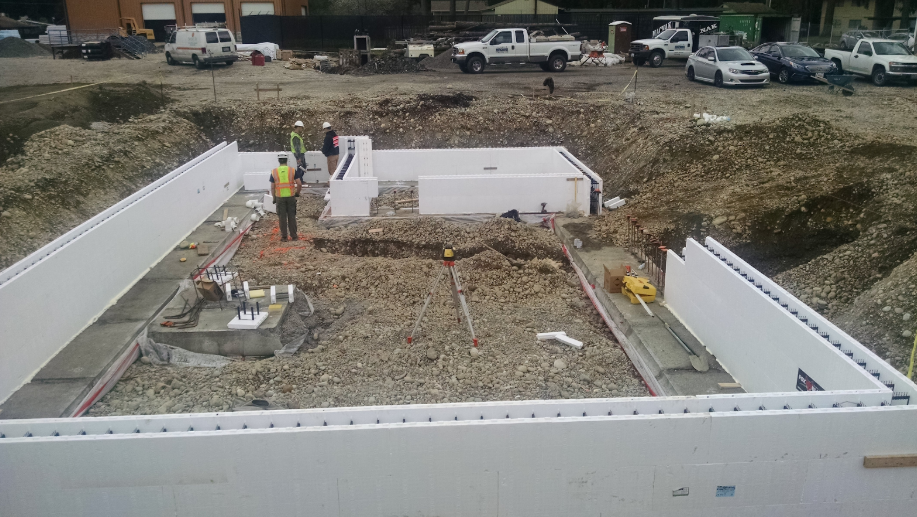
Quick Build Construction: ICF Construction for Tract Home Builders

The Overlooked Value of ICF in Resilient Building Insurance
Explore the overlooked value of ICF construction in resilient building insurance, lowering risk while boosting safety and efficiency.

The Upside of Digging Down: Why Adding a Basement to Your New Build is a Smart Investment

The Superior Thermal Performance of ICF Lintels over Wood Lintels

Constructing an ICF Garage Foundation
A garage is only as strong as the foundation beneath it. Without the right planning and construction, problems like settling, water damage, and instability can show up over time.

Why Fox Blocks is the Best ICF Manufacturer in Canada
Insulated Concrete Forms (ICFs) are essential for Canadian construction, known for their superior energy efficiency, structural durability, and ability to handle extreme weather.

The Rising Trend of ICF Construction in California
To keep up with California’s strict energy standards, many builders and architects are turning to ICF construction.

ICF Construction in Arizona

Effective Strategies to Insulate Block Walls
Improving the insulation of block walls significantly enhances energy efficiency, comfort, and durability in both residential and commercial spaces. Block walls, often made of concrete masonry units (CMUs), are sturdy but notoriously poor at retaining heat without proper insulation.

The Best Framing Option for Texas Coastal Homes